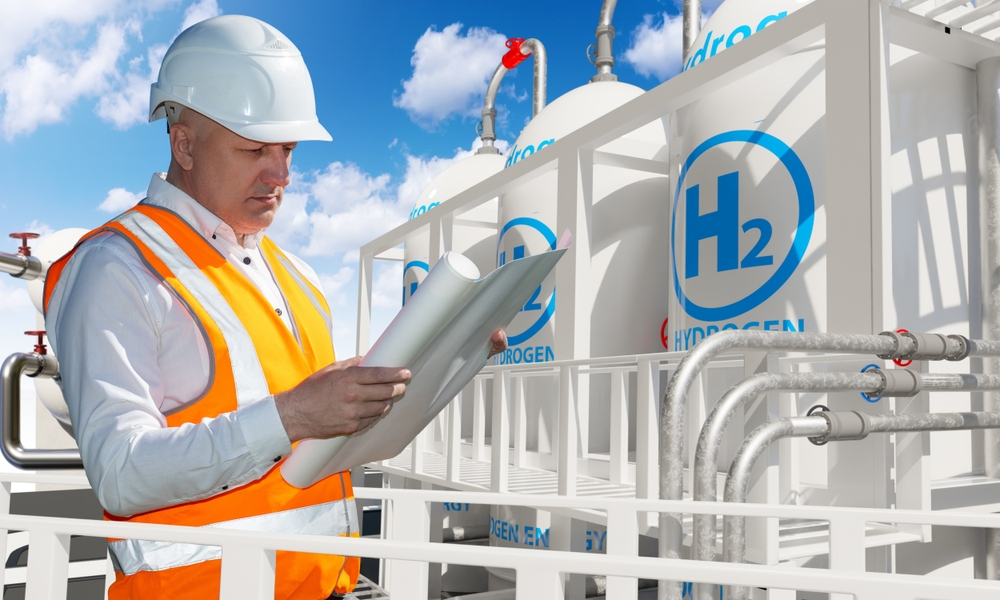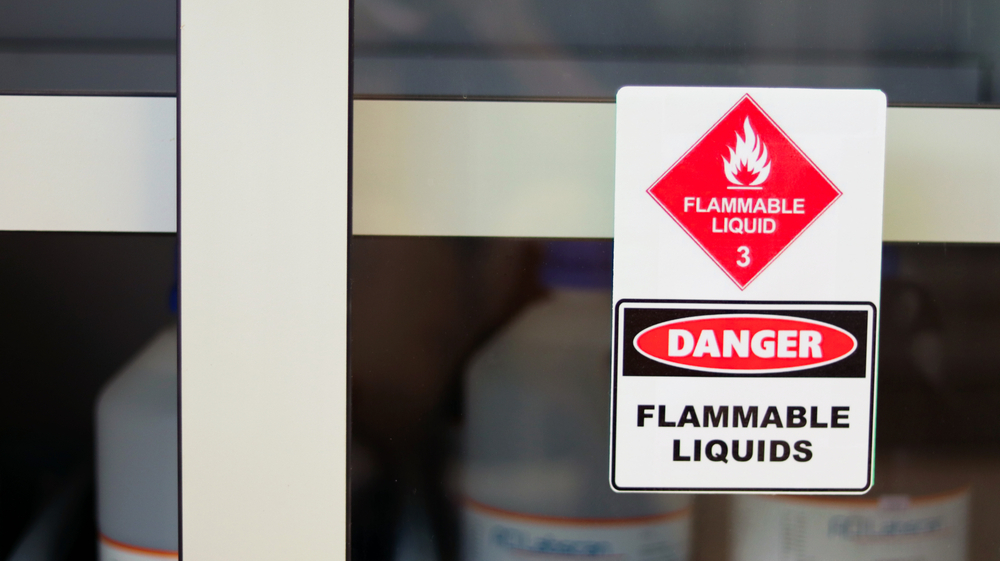Ensuring Safety: Navigating the Complex Terrain of Hazardous Area Design for Chemical Storage Facilities
Ensuring Safety: Navigating the Complex Terrain of Hazardous Area Design for Chemical Storage Facilities
Jan 23, 2024

Chemical storage facilities play a crucial role in various industries, providing a centralised location for storing and managing hazardous substances. However, potentially dangerous materials require meticulous planning and design to ensure the safety of both personnel and the surrounding environment. In this blog, we will explore the importance of Hazardous Area Design and Planning and the significance of Hazardous Area Classification and Design.
Understanding Hazardous Area Design and Planning
Hazardous Area Design and Planning is a comprehensive process that involves identifying, assessing, and mitigating the risks associated with the presence of hazardous substances. This process is crucial for safeguarding personnel, assets, and the environment. Certain fundamental steps that include Hazardous Area Classification and Design are as follows:
1. Hazardous Area Classification (HAC):
Hazardous Area Classification involves categorising different areas within a facility based on the likelihood and extent of flammable gases, vapours, liquids, or combustible dust. This step provides the foundation for implementing appropriate safety measures and controls. The zones are typically classified as Zone 0, Zone 1, Zone 2 for gases and vapors, and Zone 20, Zone 21, and Zone 22 for combustible dusts.

2. Hazardous Area Design and Planning:
Hazardous Area Design and Planning involves a comprehensive approach to identifying, assessing, and controlling the risks associated with storing and handling hazardous substances. It encompasses various factors such as the type and quantity of chemicals stored, ventilation systems, electrical equipment, and emergency response procedures. The objective is to minimise the likelihood of accidents and mitigate the consequences if an incident occurs.
Key components of Hazardous Area Design and Planning include:
- Hazardous Area Classification: This is the process of dividing a facility into zones based on the probability and duration of the presence of flammable or explosive atmospheres. These zones help determine the appropriate level of protection required for electrical and non-electrical equipment.
- Ventilation Systems: Adequate ventilation is essential to prevent the buildup of hazardous vapours. The design should consider airflow, exhaust systems, and emergency ventilation to ensure a safe working environment.
- Emergency Response: Planning for emergencies is crucial. This involves designing and placing emergency exits, evacuation routes, and the availability of firefighting equipment. Personnel should also be trained regularly in emergency response procedures.
Hazardous Area Courses Offered By PMV
Project Management Vision (PMV) in Perth and Adelaide offers specialised Hazardous Areas Classification and Design training that equips professional engineers with the knowledge and skills required for effective hazardous area design and planning. These courses are designed to meet industry standards and regulations, ensuring participants are well-prepared to navigate the complexities of hazardous environments. To know more about our various courses, contact us today!
Read our other articles:
Recent Post
Mar 14, 2024
